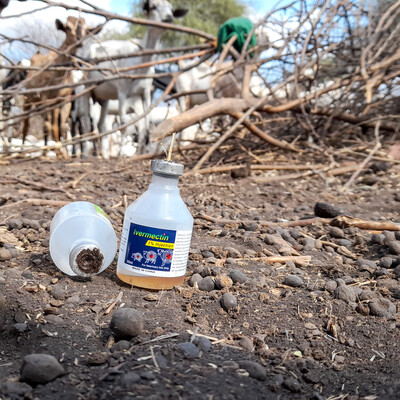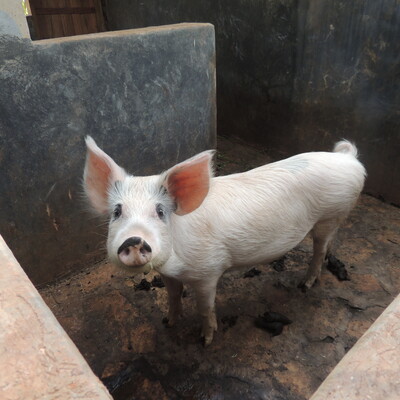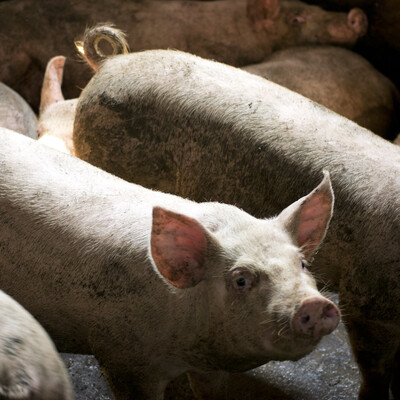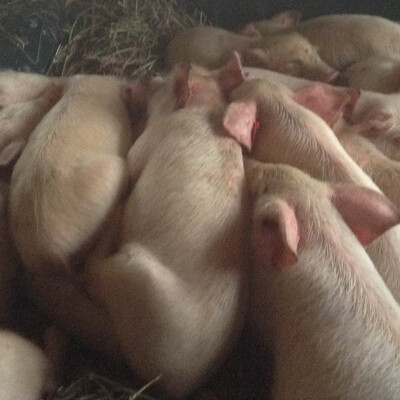
Progress in developing next generation vaccines for the control of East Coast fever.
Anna Lacasta1, James Nyagwange1, Nicholas Svitek1, Samuel Oyola1, Sonal Henson1, Lucilla Steinaa1, Vish Nene1, Ine de Goeyse2, Neena Mitter3, Michael Yu3, Fred Fellouse4, Neil King5
1International Livestock Research Institute (ILRI), 2Institute for Tropical Medicine, 3Univeristy of Queensland, 4Univeristy of Toronto, 5University of Washington.
East Coast fever is present in 11 countries where roughly 28 million cattle are at risk and has the potential to spread with the uncontrolled movement of infected cattle as the distribution of the tick vector and suitable tick habitats is wider than that of the parasite. Over one million cattle die of East Coast fever each year resulting in annual losses exceeding USD 300 million.
ILRI is working together with several partners on an exciting project for the development of a subunit vaccine for the control of East Coast fever. Principal funders of this activity include the Bill and Melinda Gates Foundation (BMGF), the Department for International Development, UK (DFID), the Norman Borlaug Commemorative Research Initiative, an initiative between the Feed the Future program of USAID and USDA-ARS, the International Development Research Centre, Canada (IDRC) and is co-funded by the CGIAR research program on Livestock.
We published on the sporozoite proteome, which provided evidence for the expression of 2,007 proteins in this life-cycle stage of the parasite (Nyagwange et al. 2018. doi:10.1016/j.ijpara.2017.09.007), and we identified novel sporozoite proteins that induce sporozoite neutralizing antibodies (Nyagwange et al. 2018. doi: 10.1016/j.vetimm.2018.03.004). This adds to the list of candidate vaccine antigens for further study. We demonstrated that dose reduction of soluble p67C antigen in an experimental vaccine formulation was not possible (Lacasta et al. 2018. doi: [10.1016/j.vaccine.2018.01.087), indicating that a more immunogenic format of the p67C antigen will be required. Finally, we demonstrated that HuAd and MVA viral vectors used in a prime-boost immunization strategy induce strong antigen-specific cell-mediated immune responses and results in partial protection on challenge (Svitek et al. 2018. doi:10.1038/s41541-018-0073-5).
Considerable progress has been made in other research activities, which will help attain proof-of-concept. To improve the immunogenicity of p67C we have explored various nanoparticle technologies. Five have been tested in cattle and only three proved to induce strong antibody and/or T-cell responses, leading to down-selection of two. The three promising technologies have been taken forward into challenge experiments. To aid the process of antibody discovery, we have developed a high throughput sequencing pipeline for characterization of genes encoding the heavy chain of bovine antibodies. Several sequences are being expressed as recombinant antibodies for functional studies. This together with epitope mapping data should help improve the design and efficacy of the p67C antigen. We have also identified novel schizont antigens by screening synthetic peptide libraries, thereby increasing the repertoire of candidate schizont vaccine antigens. For more information contact: Vish Nene, e-mail: v.nene at cgiar.org

















